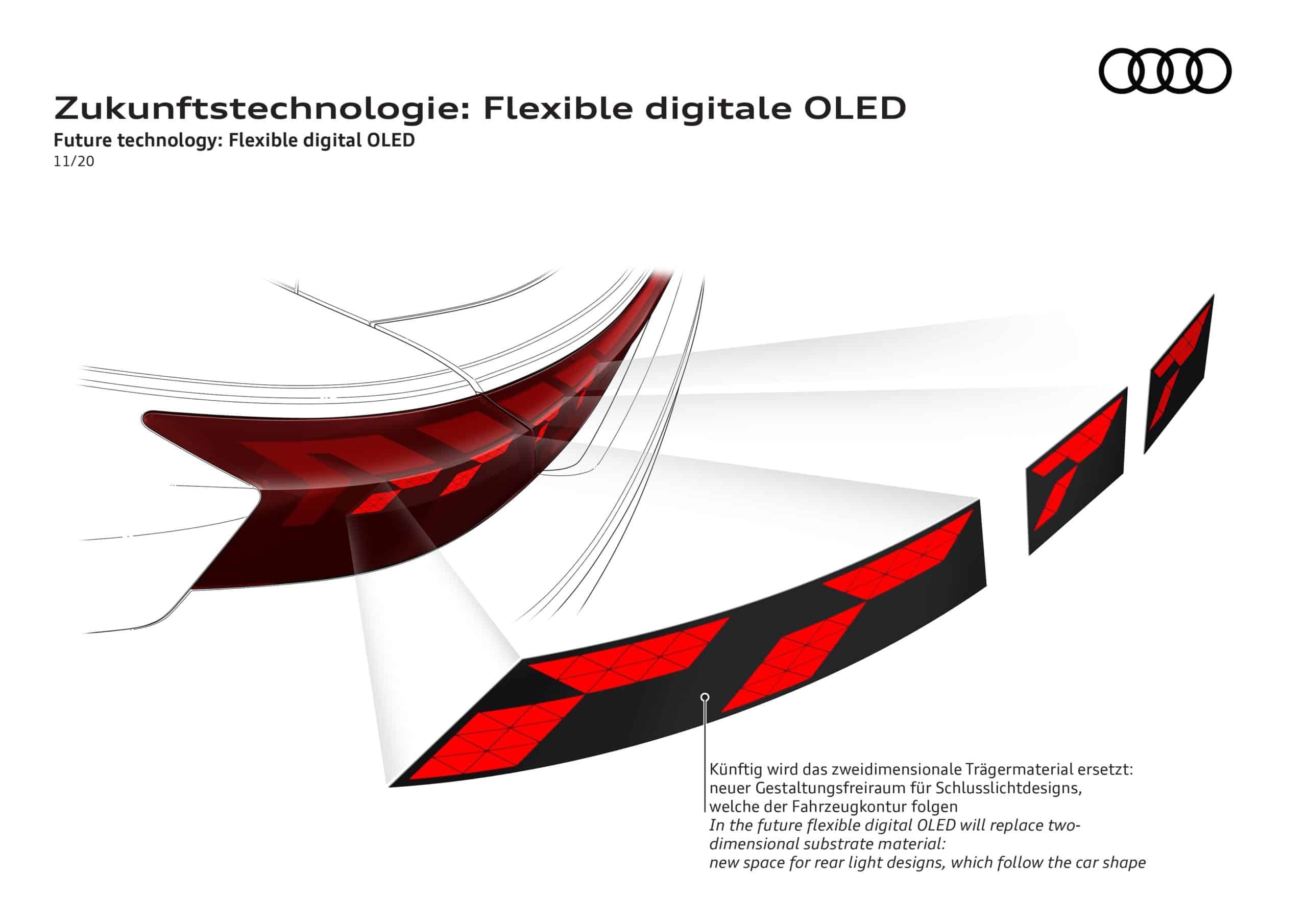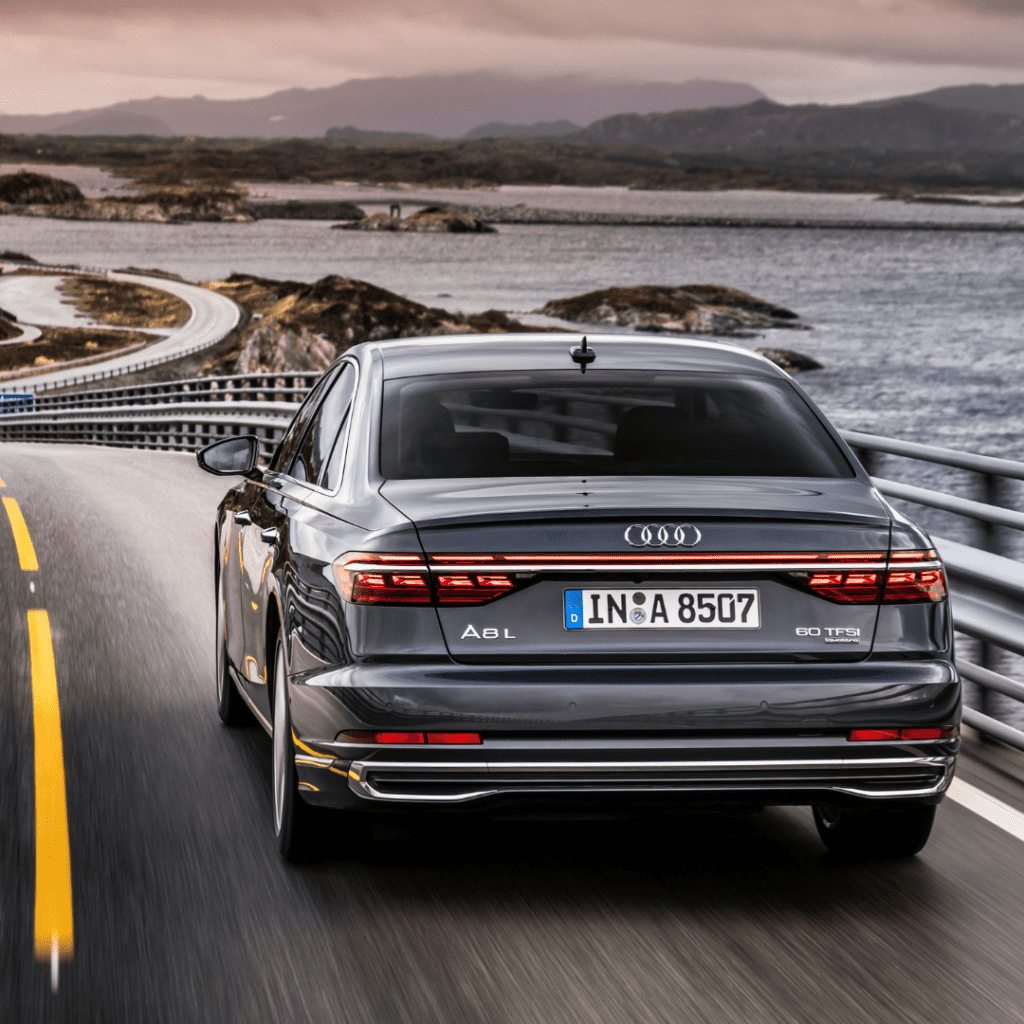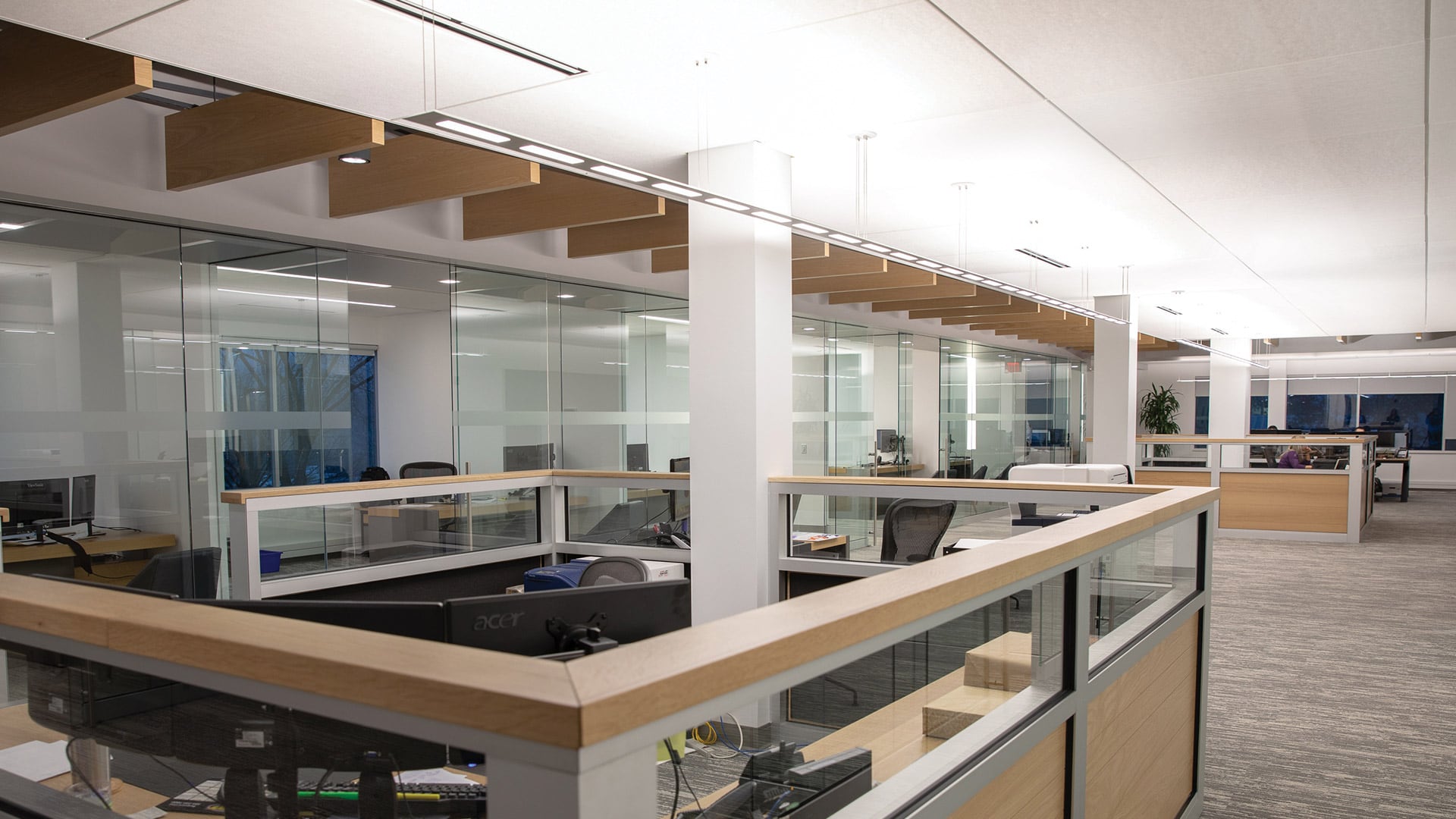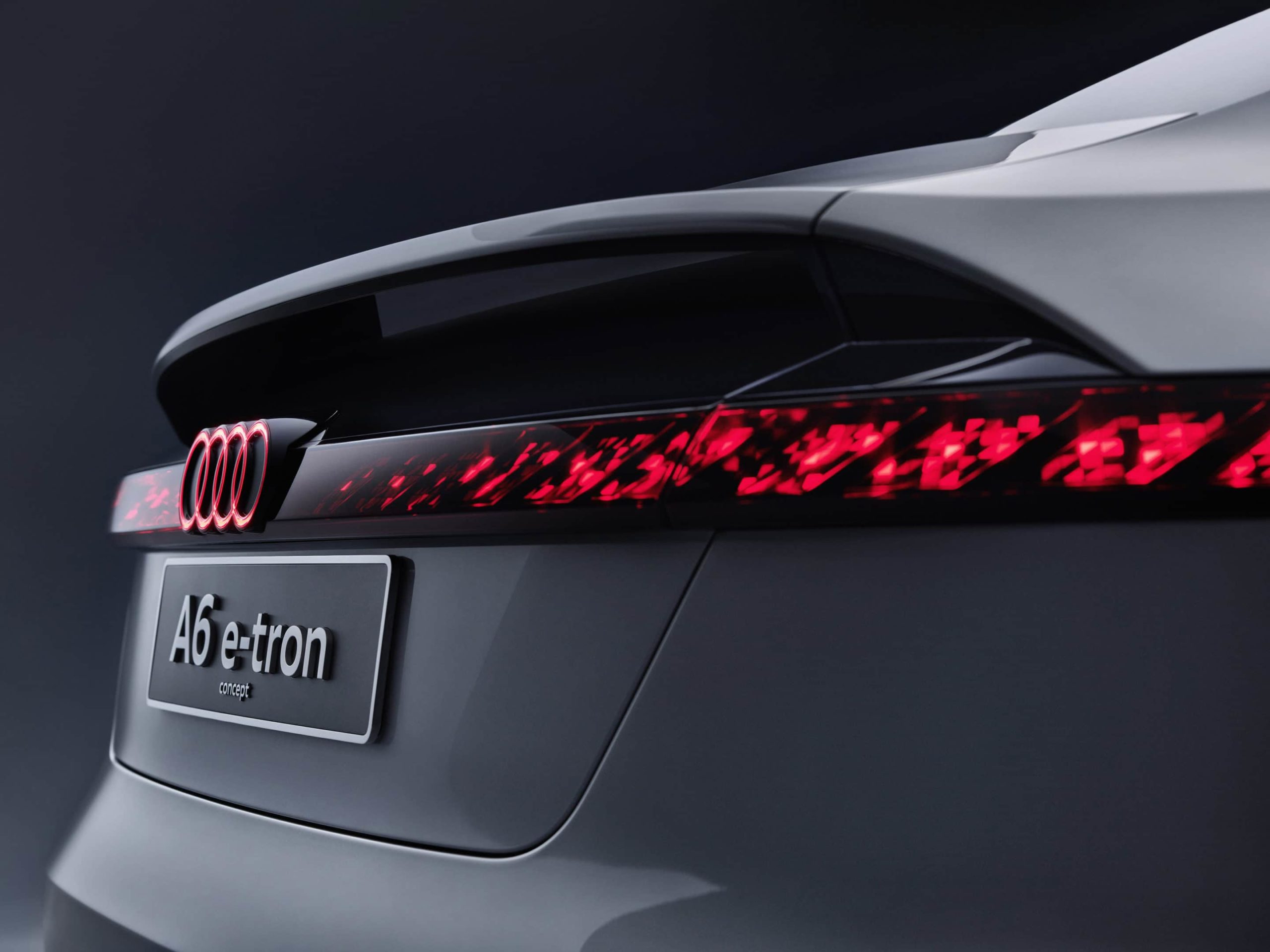Audi TechFocus Newsletter Highlights Digital OLED Lighting
In this week’s Audi TechFocus Newsletter, the German automotive manufacturer released a piece titled “How Audi’s Light Digitization is Pointing the Way Toward the Future”. We were particularly interested in the article’s focus on digital OLED lighting technology and the benefits that this technology offers.
A brief recap of Audi’s history with OLED development begins with the segmented panel in the 2016 TT RS, evolves into the first adjustable taillight signatures in the 2020 Q5, and finally leads to the inclusion of digital OLED rear lights as standard in the updated Audi A8. The A8 product line contains up to four signature selections and uses proximity detection to illuminate the OLEDs to full brightness if a car gets close to the stationary Audi.
Below are excerpts from the article that discuss OLED technology.
—
At a distance: proximity indication in the digital OLED rear lights increases safety
The digital OLED rear lights use a proximity indication to grab the attention of other road users. When a car gets close to a stationary Audi, the parking sensors take note of the movement and engage all the remaining OLED segments so that the additional brightness and larger surface area make its presence as noticeable as possible. When the Audi pulls away, the digital OLED rear lights revert to the selected signature. This added safety measure even applies for people on bicycles and scooters: the sensors recognize them too.
It’s about the curves: flexible digital OLED
Apart from refining the Digital Matrix LED headlights, digital OLED technology in particular will define the future by not being just a conventional light source. Its development points in the direction of exterior displays, that not only increase safety and enable even more personalization, but are also meant to improve communication with the outside world. However, flexible digital OLED rear lights are a step ahead of that. They have a flexible substrate that allows them to go from a two-dimensional structure to a three-dimensional one. That not only sharpens the form, but it also makes it possible to integrate digital light design within the exterior of the lights, enabling symbol displays for additional communication with the outside world.

More than the service life of a car: OLED and lifelong quality
One question that often comes up about the technology in the digital OLED rear lights is the matter of durability. Audi’s digital OLEDs are designed for the high demands are automotive use. A special material development impedes degeneration by influencing the temperature and encapsulation technology, preventing the OLED elements from coming into contact with moisture. That means the OLED elements match the durability profile and meet the same demands as conventional inorganic car LEDs. Because of this, digital OLEDs have significantly longer service lives than traditional OLED displays, and they do it with much higher light density to meet the challenges of automotive exterior lighting.





